The Sennheiser GSP670 Wireless Gaming Headset Review: Cutting The Cord
by Andrei Frumusanu on July 5, 2019 8:00 AM EST- Posted in
- Gaming
- Headset
- Audio
- Sennheiser
- GSP670
Audio Quality Measurement
Measuring audio is akin to opening up a can of worms in terms of the response one gets from the community, so I have to preface the next two pages with a notice that I’m well aware of the limitations of the methodology, and the following measurements aren’t meant to be interpreted as the be-all of the headphone’s performance, but rather just as an overall indicator of what to expect.
What we’ll be first measuring is the actual audio output performance of the speakers. We’re using a headphone measurement rig which mimics the pinna of a human’s ears with a microphone compensation that attempts to target a flat perceived frequency response. It’s not a reference measurement, but gives very good indications of the frequency response of a headphone, particularly if the deviation is more than a few dB off.
Starting off with the a measurement of the left vs right frequency responses, we can see that there can be differences in the measured output just based on how one positions the headphones on the rig. Nevertheless, in general we see that both left and right channels roughly follow the same signature with characteristics peaks and troughs.
Averaging several measurements gives us a better idea of the expected FR. The big characteristic here is that the headphones have a quite an obvious larger low- and high-bass boost while having a slightly more conservative mid-bass. Sennheiser actually pretty much openly admits this characteristic of the headphones and advertises that the headphones do have a signature that is has more emphasis on the bass. It’s not the most heavy bass of headphones by any means, but it’s still a respectable bump over what most people will be expecting from a Sennheiser headphone.
A larger issue here is the fact that there’s a few noticeable peaks in the middle and upper treble, with a noticeable bump at around 4.5KHz surrounded by two troughs. Keep in mind this 4.5KHz peak as we’ll later talk about the noise characteristics of the headphone.
In general in my subjective experience with the headphones is that you’re not to expect much sound-stage at all with the default settings of the headphones. Another smaller issue is that there’s a very slight hint of boxed in sound. Nevertheless, overall the stock performance of the headphones are generally very good although they can be improved upon.
I ran the measured frequency response through an equalizer, creating a custom compensating impulse response and running that through Equalizer APO. The measured response looked significantly flatter, bar some harder to compensate higher frequency variations which might just as well be part of the measurement rig. I left the lower end bass to still be strong as otherwise it would have resulted in too much SPL loss for some content.
The equalized result sounded significantly better, with a wider soundstage as well as getting rid of the slight feel of a small room, with overall just improved clarity.
However I still wasn’t quite satisfied with the result as there was still some things that were off. For a lot of time I couldn’t put my finger on it until I actually tried the headphones on my smartphone via Bluetooth and to be quite shocked that they sounded noticeably different, prompting me to go ahead and investigate more.
First of all the following graphs showcases the noise floor of the measurement setup, notice that there’s quite a lot of garbage below 300-400Hz and that’s simply because I’m not running inside an anechoic chamber – I could have improved ambient noise but in the end doesn’t really impact the key aspects of the next few tests.
So I mentioned that there’s quite a noticeable difference in audio quality between running the headphones via the GSA70 dongle connection and running them over Bluetooth. I started off with measuring the FR on both without touching anything else on the headphones, such as its volume.
What we notice is that while the responses are almost the same in shape, the output via the GSA70 is a bit louder, and I can confirm this by subjective testing that switching between the dongle and Bluetooth the headset indeed noticeably changes volume.
Another aspect we see that on the Bluetooth results we see quite a ton of distortion past 20KHz. Sennheiser describes the headphones of being able of a frequency range of 10Hz to 23KHz, however we see that it stops at 20KHz, and we’ll see further testing later on that this is a limitation of the actual DAC.
In the following graphs I’ve also included the raw non-compensated microphone measurements alongside the compensated ones.
With a 1KHz sine signal we’re attempting to measure the total harmonic distortion results. Again these are not absolute measurements but given that they’re measured sequentially on the same rig without touch the headphones between the GSA70 and Bluetooth connection, but might give us some better indications of what’s happening.
For the THD figures I’m ignoring everything below 600Hz as it’s just garbage that’s irrelevant to the more accurate measurements between 1 and 10 KHz.
The difference between the GSA70 and Bluetooth measurements are quite shocking; although the BT playback does have a somewhat similar distortion pattern, it’s not nearly as pronounced as on the GSA70. As a reminder, digitally we’re playing back both connection at the full level while leaving the volume knob on the headphones static between the measurements.
The overall spectral power between the two is only 1.3dB, however the fundamental on the BT recording is a full 5.6dB lower. What’s further interesting here is that the BT connection seems to have shifted down the 5th and 7th harmonic distortions in frequency, although in theory that shouldn’t really be the case and we’re just seeing unrelated distortions, particularly that odd 4.5KHz component which we’ll come back to.
Moving on with some multi-tone measurement with the CCIF test with 19KHz and 20KHz tones, where we look at inter-modular distortions. Again while the total spectral power here isn’t that much lower on the BT measurement, the actual signals at test are up to 15dB lower. The benefit here is that they just showcase much less distortion.
Both the SMPTE test with 60Hz and 7KHz tones, as well as the the DIN test with 250Hz and 8KHz tones yet again showcase the GSA70 output showing significantly higher distortion, all while the Bluetooth recordings have lower amplitudes in the fundamentals.
Before we go any further, I’d like to revisit this 4.5KHz peak that seems to be apparent everywhere. Unfortunately this seems to be simply static noise of the DAC and amplifier when it’s active and there’s any kind of playback. Particularly on the last DIN test we saw a ton of distortion in this area when playing back with the GSA70.
Unfortunately there’s no way to avoid this noise, and the most frustrating part of this is that it’s actually audible as a continued quiet hissing. The only way to get rid of it is to turn off the headphones, or hope that there’s nothing actively holding the audio playback on your PC to prevent the ASoC from noise gating its output.
The thing is, such behaviour generally is found on the vast majority of systems out there, however it’s really only measureable or noticeable at very high volumes or high signal amplification. Here it seems the headphone amplifier is quite outside of its optimal operation range, and the fact that noise gating is so sluggish to engage makes for quite the annoying experience.


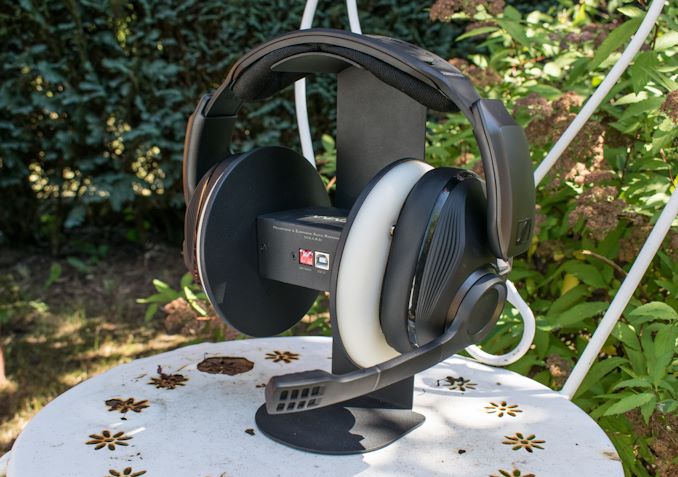

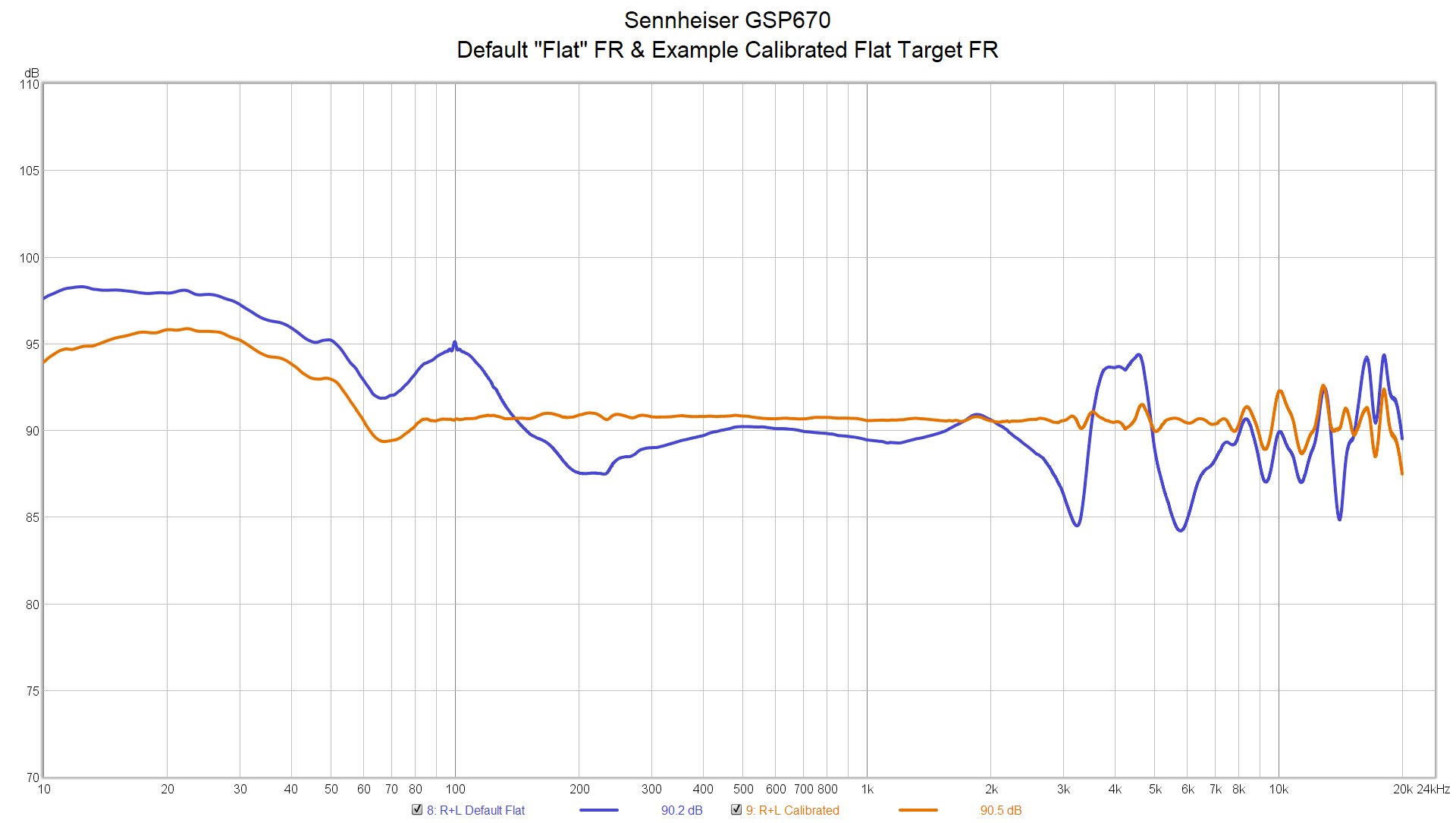
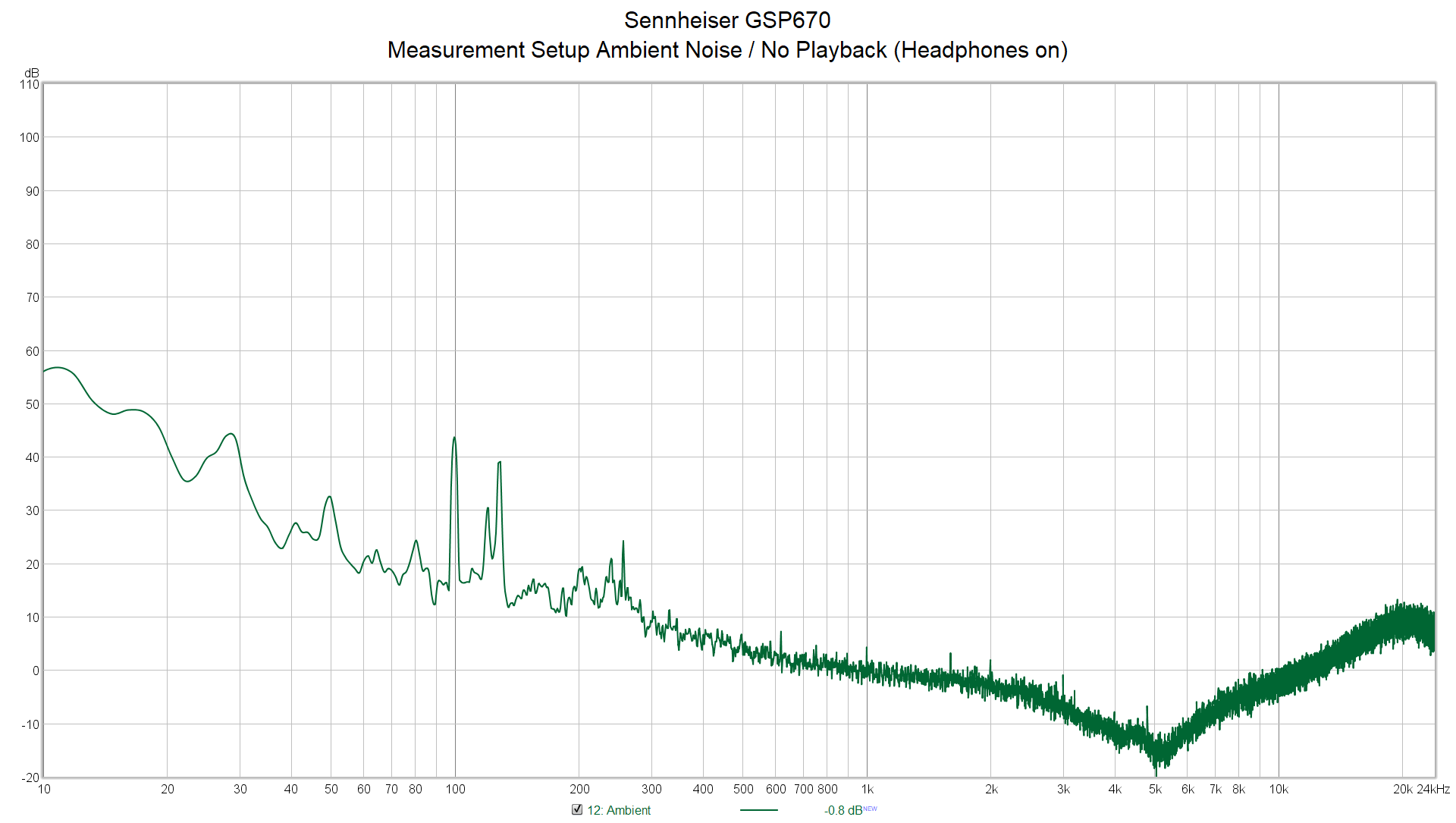
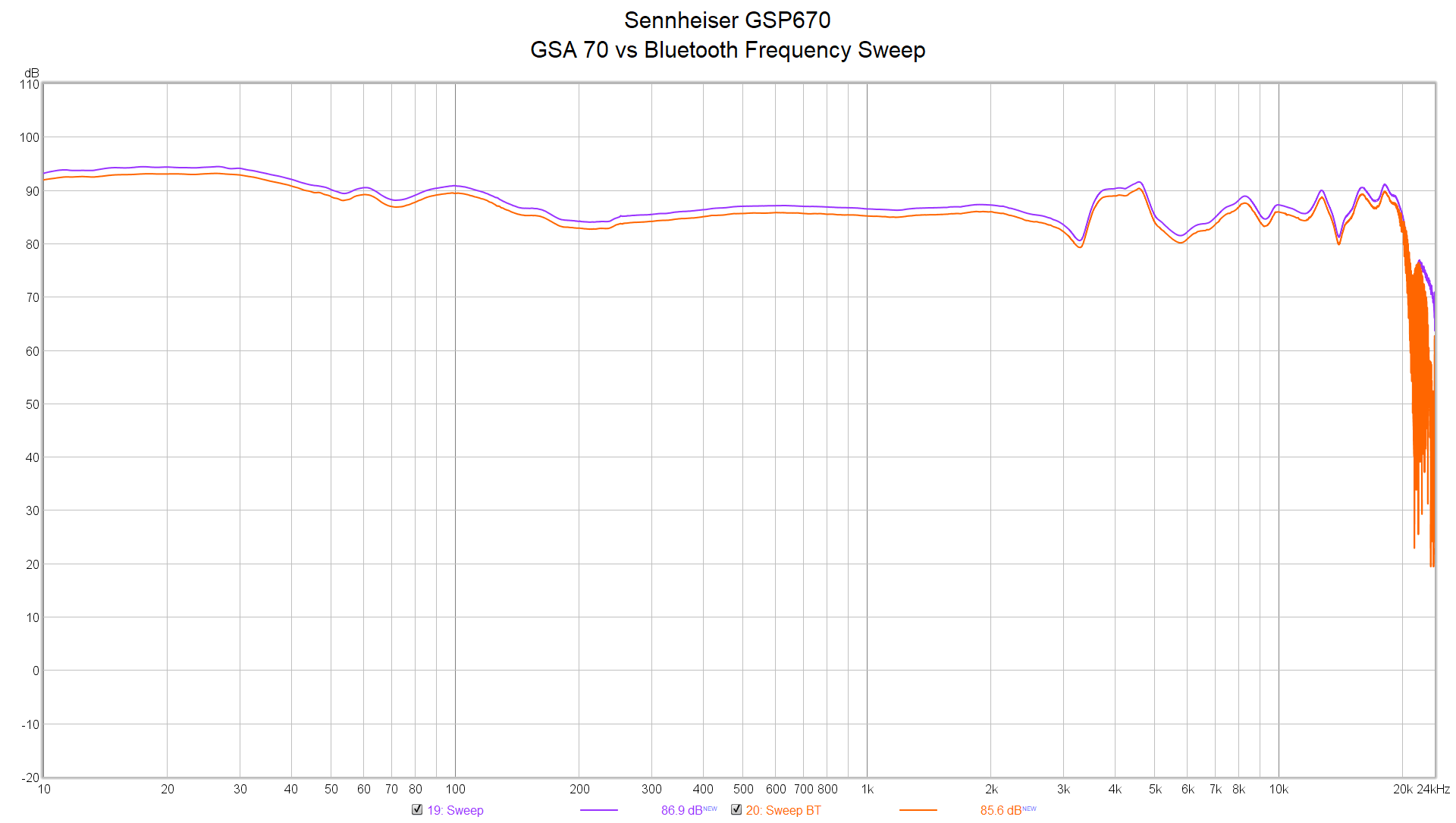
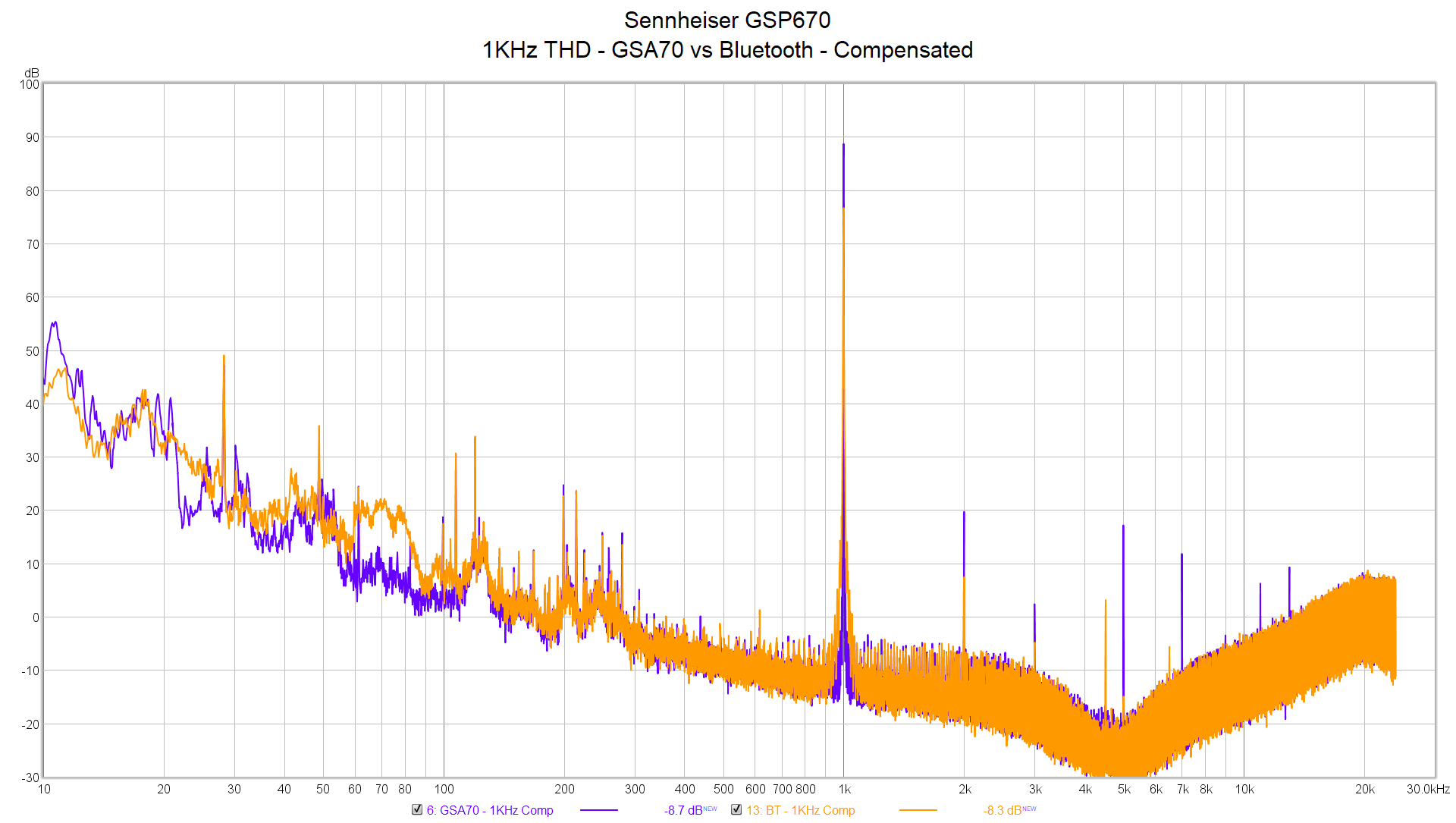
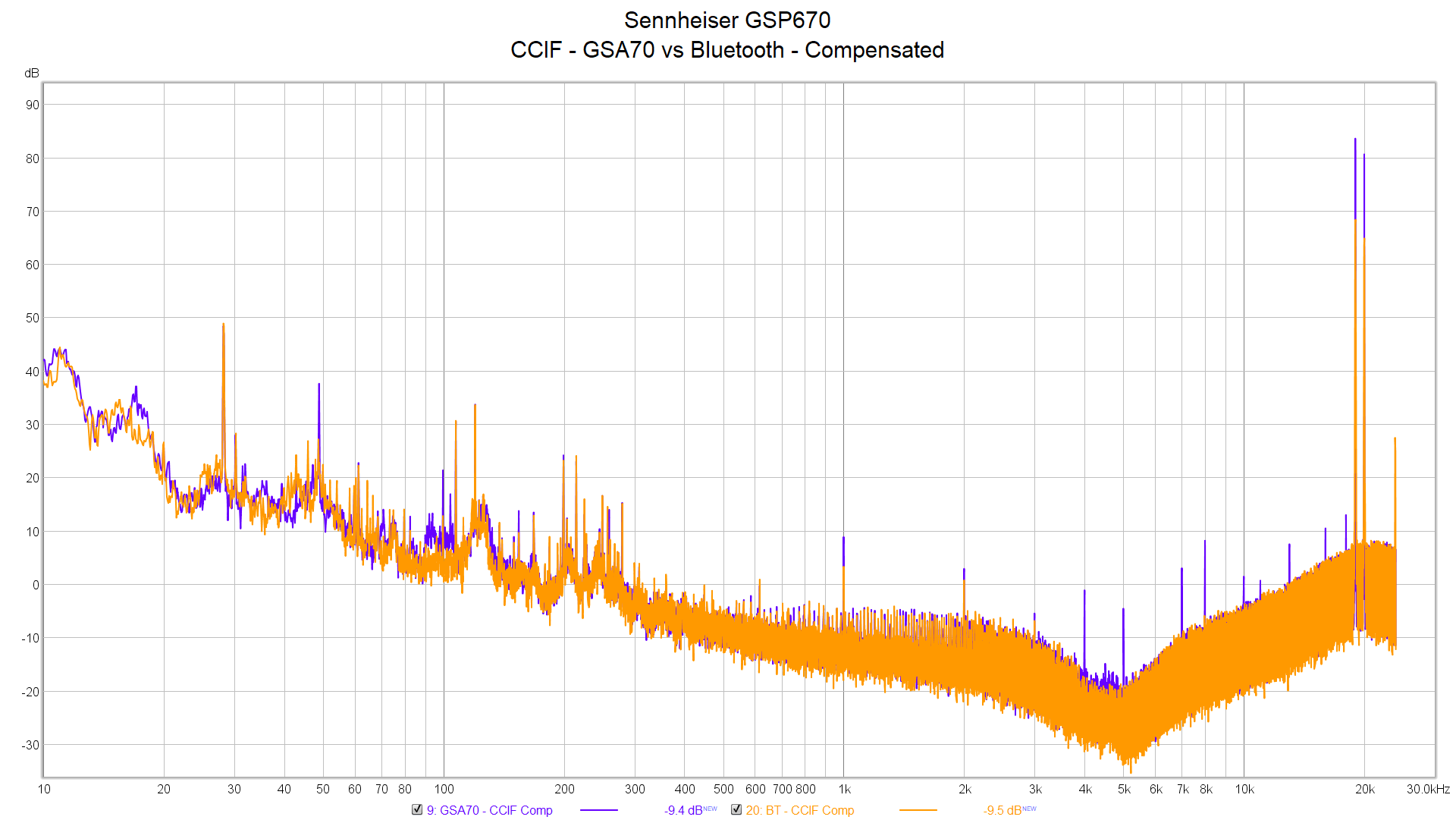

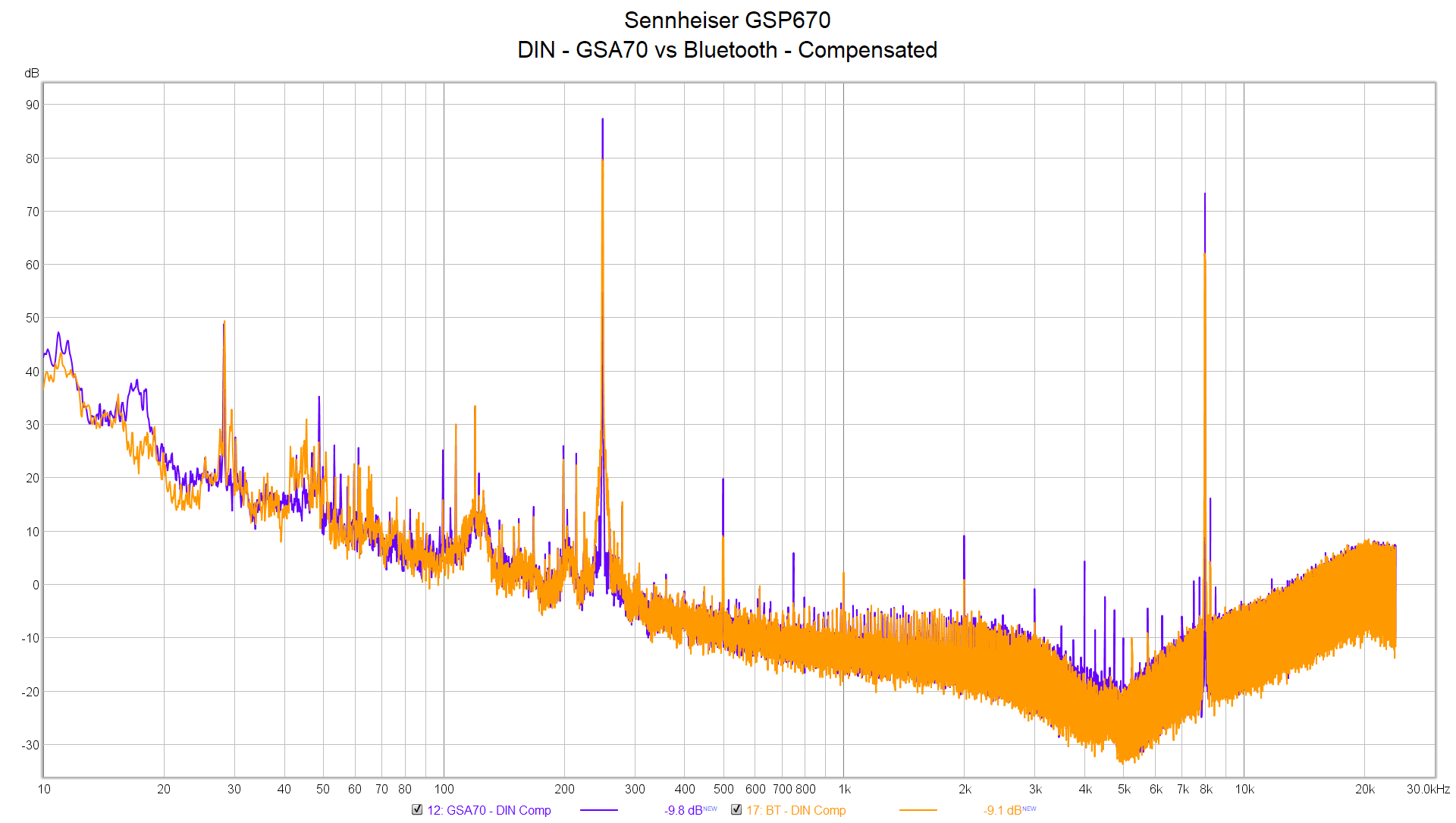









29 Comments
View All Comments
ZolaIII - Friday, July 5, 2019 - link
I am glad you came on board. Unfortunately neither this headphones nor especially awful AMP/DAC or bad BT RF WiFi modules deserve any attention & can not be recommended. While premium quality materials do deserve high grade that's about it when it comes to those headphones. Drivers aren't anything special & better ones can be found on much cheaper alternatives. The pads look good and quality built while still offering comfort & preventin sweating to much but then again their property clipping mechanism is a big minus. Amp DAC is a rather laughable as even cheaper Chinese DAP's come with better ones. The sound judging by your impressions is also nothing special including separation & the sound stage. While bas look like relatively easy to iron the difference between channels is a spoiler, mids are tad pushed back which is also a spoiler but it can be easily equlised the highs are bad & hard to equlise. In practice this means being tied to the per channel full band EQ (30 bands parametric) which is hastle. All in all pretty much disappointing from such a famous brand. Keep up the good work, finding good headphones especially in value for money category is a very hard thing.Andrei Frumusanu - Friday, July 5, 2019 - link
Right, I forgot to share the EQ targets:https://www.dropbox.com/sh/9adunymvqjbqwqs/AACeWpI...
Here are the impulse responses to be used for convolution, preferably via Equalizer APO.
The C1 target keeps a bit more of the warmth and bass of the default of the headphones while the D1 is a more flat target with wider soundstage.
ZolaIII - Friday, July 5, 2019 - link
Thanks for sharing.igavus - Friday, July 5, 2019 - link
This is an outstanding review. I really like how you followed up on the problems you found. I'm sure this will be of much interest to the team @ Sennheiser who developed & released this. I mean, they're probably not surprised, but I'm sure they didn't expect anyone to actually investigate the reasons for the poor performance. As usually audio review are just hand waving without much insight into what's wrong or concrete directions on how to improve.I just wish that they had engaged You or someone like you before releasing this dud to the public. Would have saved a lot of money and effort. As it stands, this headphone apart from the materials quality has nothing going for it. And the material quality is utterly wasted in this case.
Excellent journalism, wish there was a "give this man a beer" button somewhere, you definitely deserve it ;]
mooninite - Friday, July 5, 2019 - link
You have to be very careful about the Sennheiser products you look at. Some of them are very high quality stuff, while most of it seems to be generically engineered to be mass-produced with their label stuck on as a profit booster. Most of their low-level consumer fruit is nothing special yet it still costs hundreds of dollars while their professional grade products are sometimes a little cheaper.Oliseo - Friday, July 5, 2019 - link
Personally I find open backed headphones far superior for game playing. It actually provides an advantage in shooters as you can easily pinpoit directional sounds much more than a closed back set.Of course, this has the disadvantage of disturbing those around you.
But, if you don't have that problem, then always go with open backed headphones, especially for gaming, as they simply deliver a far superior sound stage.
BenSkywalker - Friday, July 5, 2019 - link
It's not just for gaming, closed headphones are just inferior in every way outside of isolating noise. Wireless are also flat out inferior, put them together and anything better than got garbage is actually noteworthy.Byte - Friday, July 5, 2019 - link
You just need to broaden your horizons. I recently was in Japan had had a chance to listen to a bunch of headphones from $200-$4000 and it was amazing. There is no inherently "better" technology. Just which fits your tastes. In that regard, wireless is just trash, and so are "gaming" headphones.Sivar - Monday, July 15, 2019 - link
Wireless is not necessarily trash. Sennheiser developed lossless wireless tech for their wireless HD650, though I doubt it is used in these gaming headphones.Lossy wireless isn't even necessarily bad. No human can reliably tell the difference between a properly encoded lossy audio file (AAC, Vorbis, etc.). True, headphones do not directly transmit such file formats, but in principle excellent fidelity is possible.
Bluetooth in general is not great for audio quality, but with aptX it has at least the potential for good listening, though I have not heard any supporting devices myself.
Andrei Frumusanu - Friday, July 5, 2019 - link
There's really nothing preventing closed headphones of having good imaging and wide sound stage.